|
I have found over the years that almost every painting, no matter how much thought and planning has gone into its design before starting, goes through a phase which requires problem solving. Perhaps the overall design is solid and the issue exists in what to do with a corner or other section of the painting. Whatever it is, if you don’t solve it in a way that supports the rest of the painting and your original intention, the painting will be, at best, a second-rate work. My current landscape is suffering from a boring foreground. The reference was taken a few years ago up at Knox Mountain in Kelowna. They keep the park pretty tidy! I was drawn to the view because of the branches in the trees and how the shapes they made moved across the top part of the painting. I used a couple of thumbnails to work out the best structure. Removing the small tree in the middle and replacing it with some trees on the left will allow the viewer to look through the scene to the lake and mountains. You will see some faint lines from a Harmonic Armature that I used to assist with the design. I started working on this painting over a year ago and abandoned it although at the time, I wasn’t sure why. I started back with it recently after finishing some other paintings. I realized that although the thumbnail is really interesting, when I put it on an 18x24 canvas there just seemed like a lot of empty, uninteresting space in the foreground. When I have an area of a painting that I find distressing, I will paint it out with a light value colour suggested by the painting. No picking away at it! Just block it out. But in this case, I needed to come up with a bit of a plan before tackling it again. For this, I find tracing paper an excellent tool. I marked in the positions of the tree trunks and then attached the tracing paper to a white drawing board. I then went through references from the same area and, using ideas from several, sketched in boulders, grasses, shadows and bushes putting them together in a way to make sense with the existing elements and lighting. When I put the tracing paper back over the bottom of the painting, I was very pleased with the way it integrated into the painting, providing interest and support without taking over. I am now looking forward to working on it and will post it when it is finished!
0 Comments
Leave a Reply. |
AuthorThe Okanagan provides inspiration wherever you look. I enjoy both painting on location and working in my studio. For more information contact me at [email protected] Archives
November 2023
Categories
All
|
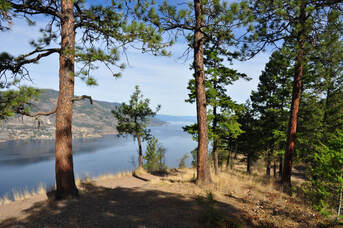

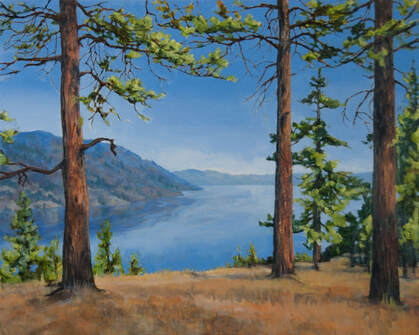
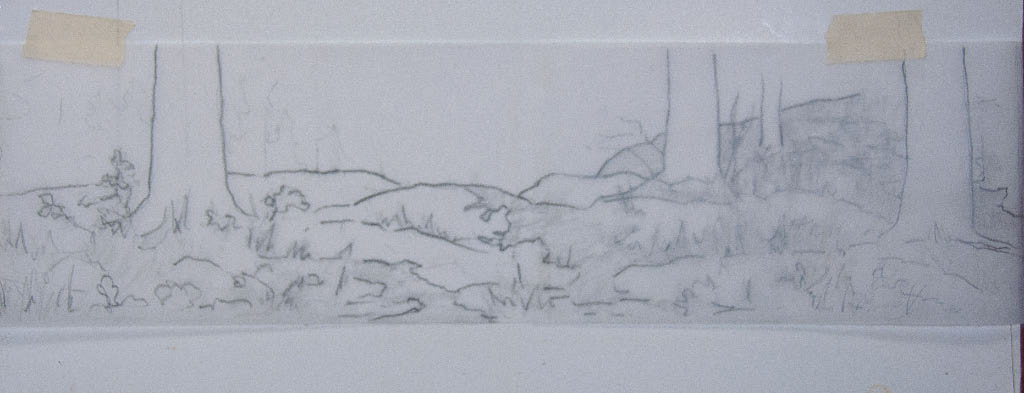
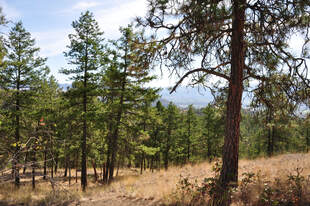
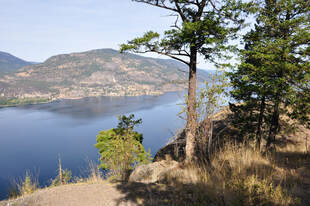
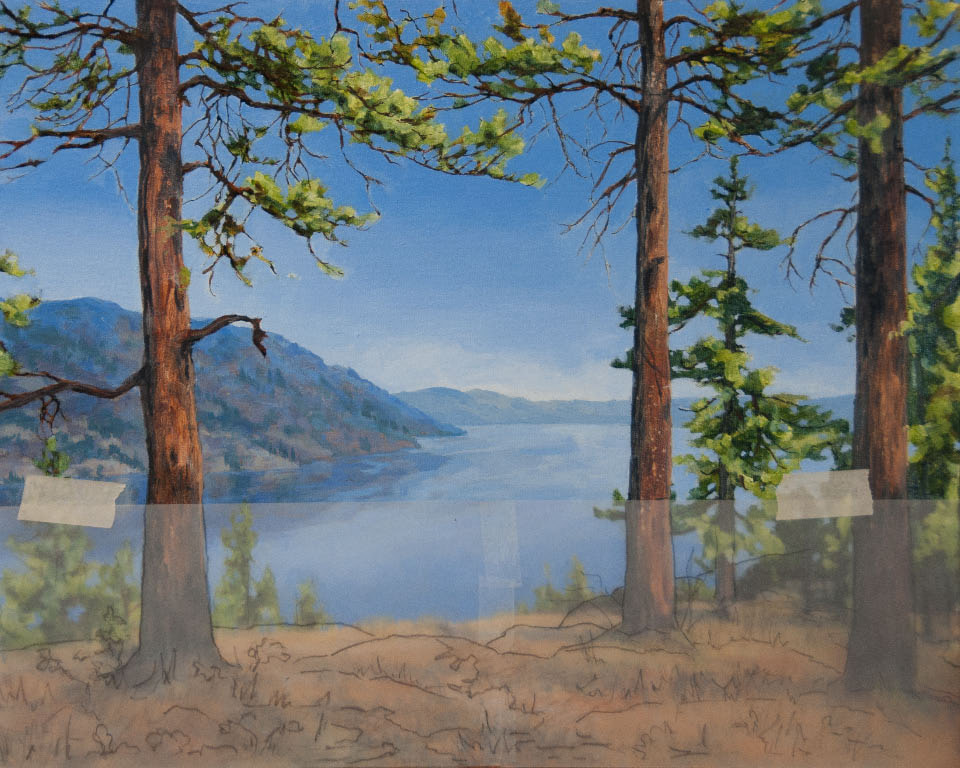
 RSS Feed
RSS Feed